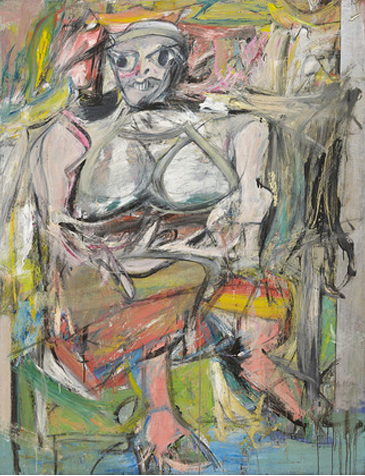Never mind the quality, feel the flesh: Andrew Graham-Dixon on the Willem de Kooning retrospective at the Tate, London
The Tate Gallery's retrospective of the work of Willem de Kooning, the last surviving Abstract Expres-sionist painter, is no ordinary art exhibition. It is a canonisation, with the most senior of its organisers, David Sylvester, playing the part of the Pope. De Kooning, to quote Sylvester's benediction, written for the exhibition catalogue and partially reprinted in this newspaper last week, is not only "the supreme painterly painter of the second half of the century and the greatest painter of the human figure since Picasso" but he also belongs "in the middle of the map of this century's art like a great railway junction". Sylvester is a distinguished man, but he may on this occasion have caught the wrong train.
The elevation of De Kooning to some notional first division in some notional league table of 20th-century artistic merit can only serve to mislead. The fact is that De Kooning is an intriguing artist but he is certainly not A Figure of Major Cultural Significance. He is especially ill-served by the inflationary rhetoric that would seek to puff him up into one, because he has always been the opposite of a pretentious painter. His art has spoken, always and only, of his own obsessions, and they are not complicated ones.
At his best he is a robust and vulgar painter, with some of Rubens' crudeness but never quite his gen-erosity of spirit. A Dutchman who has spent most of his life living on Long Island, he has always belonged as much to Holland and Flanders as to America - a painter of bawds and scenes of tavern ribaldry in Abstract Expressionist disguise.
De Kooning is not a terribly various...


